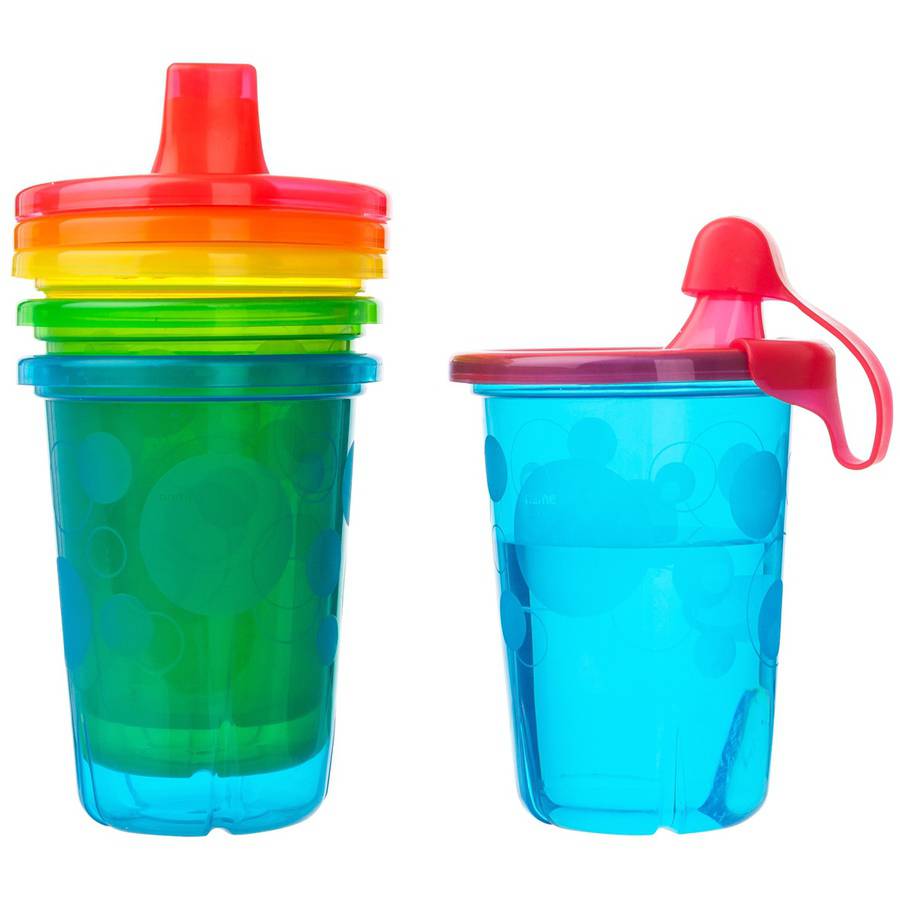I have done Baby Led Weaning now with both of my children. My oldest was a great eater and loves all food for the most part. He was always willing to try something new and has a great appetite. Of course, as you may guess my second child, had to be different. He was a good eater when he was < 1 year old, but now that he is nearing 2 years old things are changing. My oldest went through this stage, gaining independence, but it has been as bumpy as with baby #2. My 1.5 year old is really not loving vegetables. If you put his fruit, main course and veggies on a plate … he will eat the fruit first, then the main course and if he is still hungry we will try a piece of vegetables. As the weeks have ticked by, he was eating less and less of those vegetables. Then one night we had a massive melt down at the table when I wouldn’t give him his milk and he was not wanting to sit at the table.
So let’s break this down and exactly what happened, because there were lots of things at play here.
He wanted his milk. I took his milk away, because he wasn’t eating any of his food. My child is obsessed with milk and would drink it all day everyday if I let him. His reaction to me taking away his milk was to completely melt down (scream, cry, push away from the table and start to throw food on the floor). We had a power struggle on our hands, I said no and he didn’t like that choice I made for him.
He ate the carbohydrates for the meal first. Every time he was keeping the vegetables until the end. I am ok with that sometimes, but all the time wasn’t working for us. It was getting to the point that he just wasn’t eating the vegetables.
Too many snacks. This one was completely my fault. I was giving him a snack of a piece or two of apple a cheese stick when we got home, but this was filling him up enough that he wasn’t eating much for dinner. That snack was not helping him when it came to eat a wider variety of food items. Instead he was filling up on a cheese stick and a fruit or cracker and that was leading even less vegetable consumption.
Not staying at the table. He kept pushing his chair away from the table and not wanting to be present at family meal time. He was throwing food on the floor and not calming down. This was another power struggle issue, because he decided that since he wasn’t getting his way, he wanted to leave the table.
You are probably now wondering what I did in this situation?! Well I kind of lost my cool and felt like a terrible mother for the rest of the evening. This turned into our “come to Jesus moment,” because it was just too much for the whole family at the dinner table. My husband and I decided that we were going to flip things around for the next few weeks and we started offering our toddler vegetables first at lunch and dinner and also for snacks. We basically jumped into the vegetables 100%. We offered that “non-preferred” food first and then offered the “preferred” foods like the main course and maybe a fruit. Then snack was normally a variety of raw veggies and a hummus dip. Over the course of a couple weeks, he started eating the vegetables. We eliminated the evening snack and he got hungry enough that he was eating what was placed in front of him. Now, I am kind of back to offering the veggies and main course at dinner and that is going well. I am still cutting out the evening snack and our daycare provider offers the veggies first at lunch. So in the end, we have a stubborn toddler who prefers other foods over vegetables. I don’t blame him, but I have to help give him those healthy options and limit those other choices (within reason).
I wanted to share this experience with you, because raising adventurous, well rounded eaters is touch. There are a few key points to remember … as the adult you get to decide WHAT is offered and WHEN it is offered. The child gets to choose HOW MUCH they eat of that food item. Especially with toddlers, who are looking to gain independence, it can be hard to navigate family meal times. You are not alone if you have faced some of these struggles. Just remember that you are the parent and you love your child and this too shall pass.










